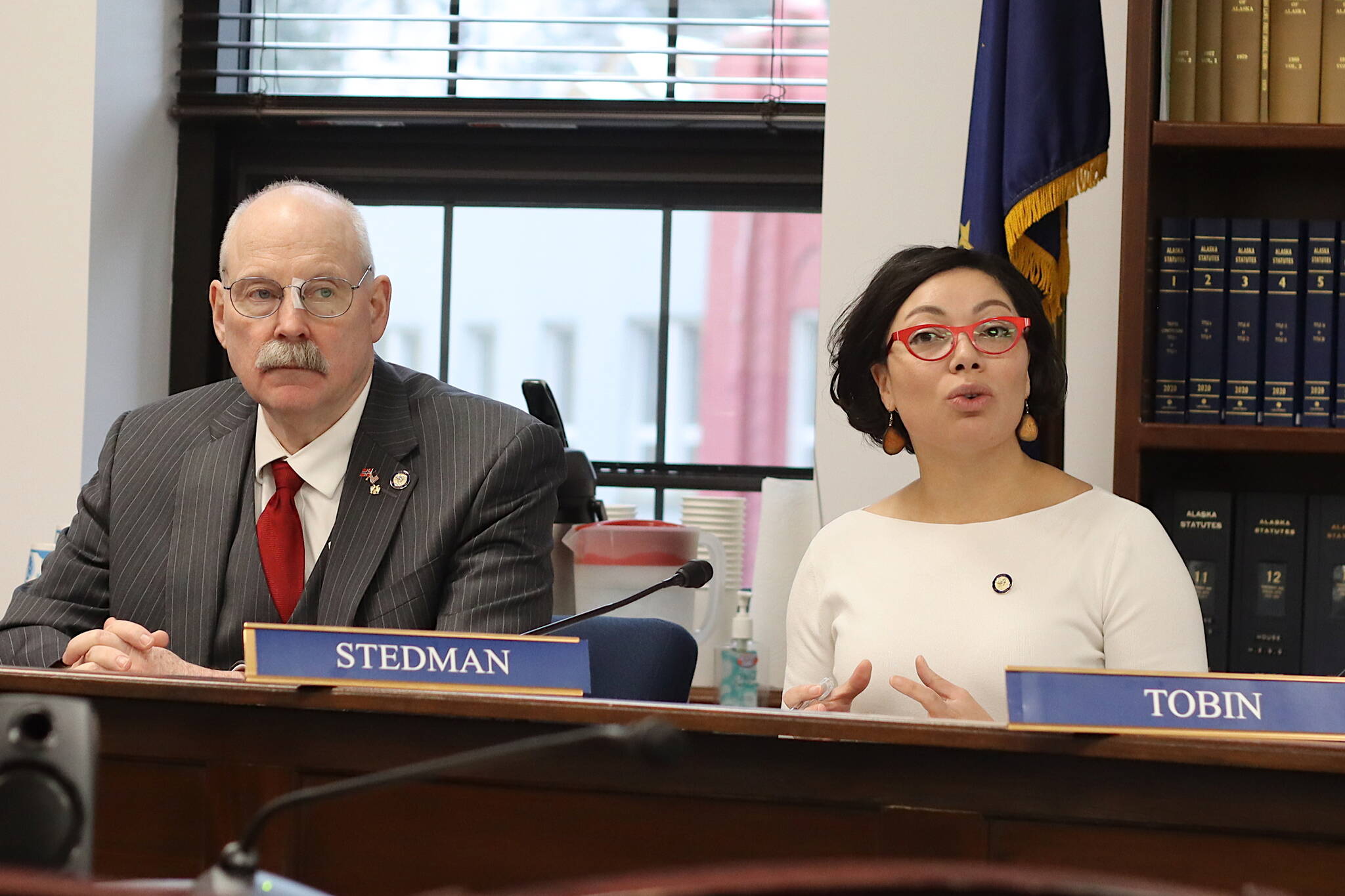A bill introduced by the Senate Education Committee on Wednesday would increase the amount of money Alaska school districts receive per student by $1,000. If approved, the legislation would increase the current amount districts receive by about 17.6% and bump state education funding by more than $257 million, according to a Jan. 30 memo from Legislative Fiscal Analyst Alexei Painter.
School districts and education advocates have long called for increases to Alaska’s base student allocation, which is currently the same amount it was in fiscal year 2017. State lawmakers last year approved a $30 bump to the amount, to take effect in fiscal year 2024.
The committee on Monday heard public testimony on the issue of school funding, where nearly every speaker called for a base student allocation increase in addition to measures that would adjust the amount annually for inflation as a way to provide stability over time. The bill as introduced does not describe any inflation-proofing measures.
Sen. Education Committee Chair Löki Tobin, D-Anchorage, said during a Wednesday press conference that the $1,000 increase described by S.B. 52 is meant to be a “bold” approach to education funding in Alaska. Regarding calls to inflation-proof the base student allocation, Tobin said that the bill, like other legislation, is subject to change as it moves through the Capitol.
“This is the beginning of the conversation,” Tobin said. “It is not the end.”
A Jan. 30 memo from Legislative Fiscal Analyst Alexei Painter says that a $1,000 increase to the base student allocation would increase state funding by more than $257 million. That price tag, Tobin said, needs to be balanced with other state programs through processes handled by the Senate Finance Committee.
When asked whether or not the increase would be tied to educational outcomes, Tobin said more robust educational benchmarks were approved last year as part of the Alaska Reads Act, which could benefit from additional financial support.
“Last year we did pass a bill that was full of accountability measures and one of the things that I personally lament is that we didn’t fund it as well as we should have,” Tobin said. “This is an opportunity for us to put those resources into those systems.”
More information about S.B. 52 can be found on the Alaska Legislature’s website at akleg.gov/basis/Bill/Detail/33?Root=SB52.
Reach reporter Ashlyn O’Hara at ashlyn.ohara@peninsulaclarion.com.

